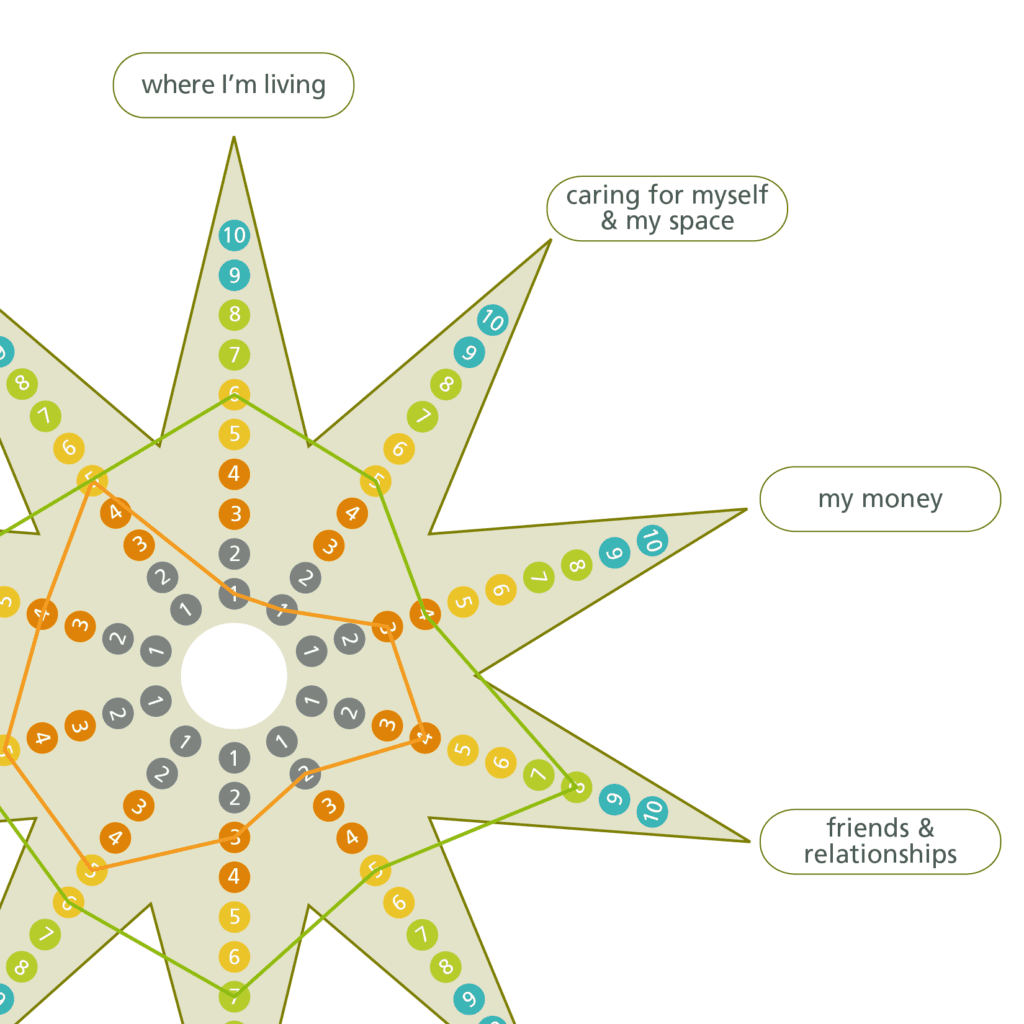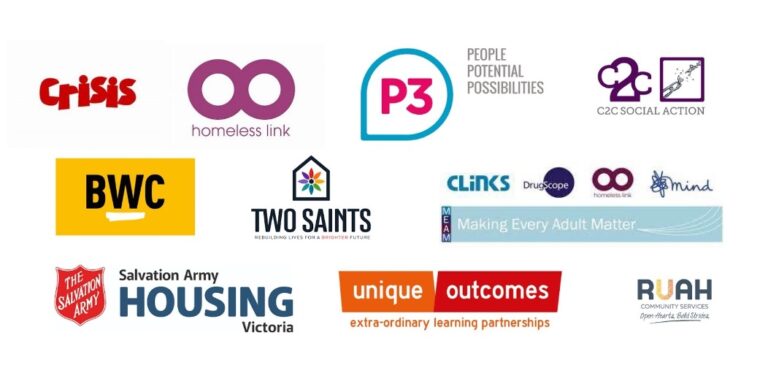In this blog, Triangle’s Research Analyst, Dr. Anna Good reflects on the recent National Homelessness Event and outlines how the new Home Star is aligned with the latest thinking.
Dr Teixeira, Chief Executive Officer at the Centre for Homelessness Impact opened the conference with a powerful address that noted that ‘we need to act quickly on the root causes of homelessness’, to ensure ‘access to right support at the right time’ – and that ‘if we do not act the most vulnerable will be cast adrift’. She also highlighted the increased pressures on the workforce, those they support, and the early signs of increasing homelessness in the UK.
We also heard these challenges from our clients the homelessness sector during our recent two-year development process to update the Homelessness Star.
In 2022, after working closely with service providers in the homelessness, housing, and justice sectors we launched the new Home Star to replace the Homelessness Star.
I was particularly struck by the similarities between the approaches the experts at this conference described for supporting people experiencing homelessness and, not only the new Home Star, but also the ethos of all the Outcomes Stars.
Key support approaches for homelessness highlighted, included:
- Individually tailored support, specifically focusing on women and those who have experienced domestic violence
- Person-centered
- Trauma-informed
- Centered on trust, open conversations, and relationships
- Holistic, including working on external barriers
For almost 20 years, Triangle, the Creator of the Outcomes Stars, has passionately believed in supporting services to put these same principles into practice. Since our inception in 2003, we have developed almost fifty Outcomes Stars, tailored to specific needs using this approach.
The Outcomes Star for housing and other needs, originally known as the Homelessness Star was Triangle’s first Star. Originally published in 2006, it has been through several revisions since.
It has always been person-centred, holistic, and designed to facilitate open conversations and build trust.
The value of lived experience
An outreach worker at St Mungo’s gave a moving account which grounded these principles in the real experience for people: ‘There is a danger of a one size fits all approach that really didn’t help me when I was homeless – support needs to be personalised’…being person-centred and allowing people to take things at their own pace is really important’.
The Home Star embodies these principles. It supports services to work holistically with people to co-create measurable and sustainable change. It supports collaborative conversations about change and support plans, as well as measuring distance travelled. It is suitable for psychologically informed environments (PIE), complex needs, women with children, and victims of crime including domestic violence.
In this latest version, we’ve ensured the language is even more trauma-informed, strengths-based, and client-centred. Placing far greater recognition on external factors, such as housing issues that can be beyond a person’s control.
The Home Star is a combined keywork and outcomes measurement tool that facilitates the right support at the right time and can also help support staff well-being through highlighting the progress they have made with people in these very challenging times.
Learn more about the new Home Star and how it can support homelessness, housing and complex needs services.
Other Stars available for housing associations, supported accommodation services, and homelessness services.
Young Persons Star – designed for use with young people moving into independent living after being in care or in prison.
Tenancy Star – designed for tenants living in social housing or privately rented accommodation, at risk of losing their tenancy or experiencing other issues.
Independent Living Star – designed to support people with complex needs to stay living in their homes for as long as possible.





